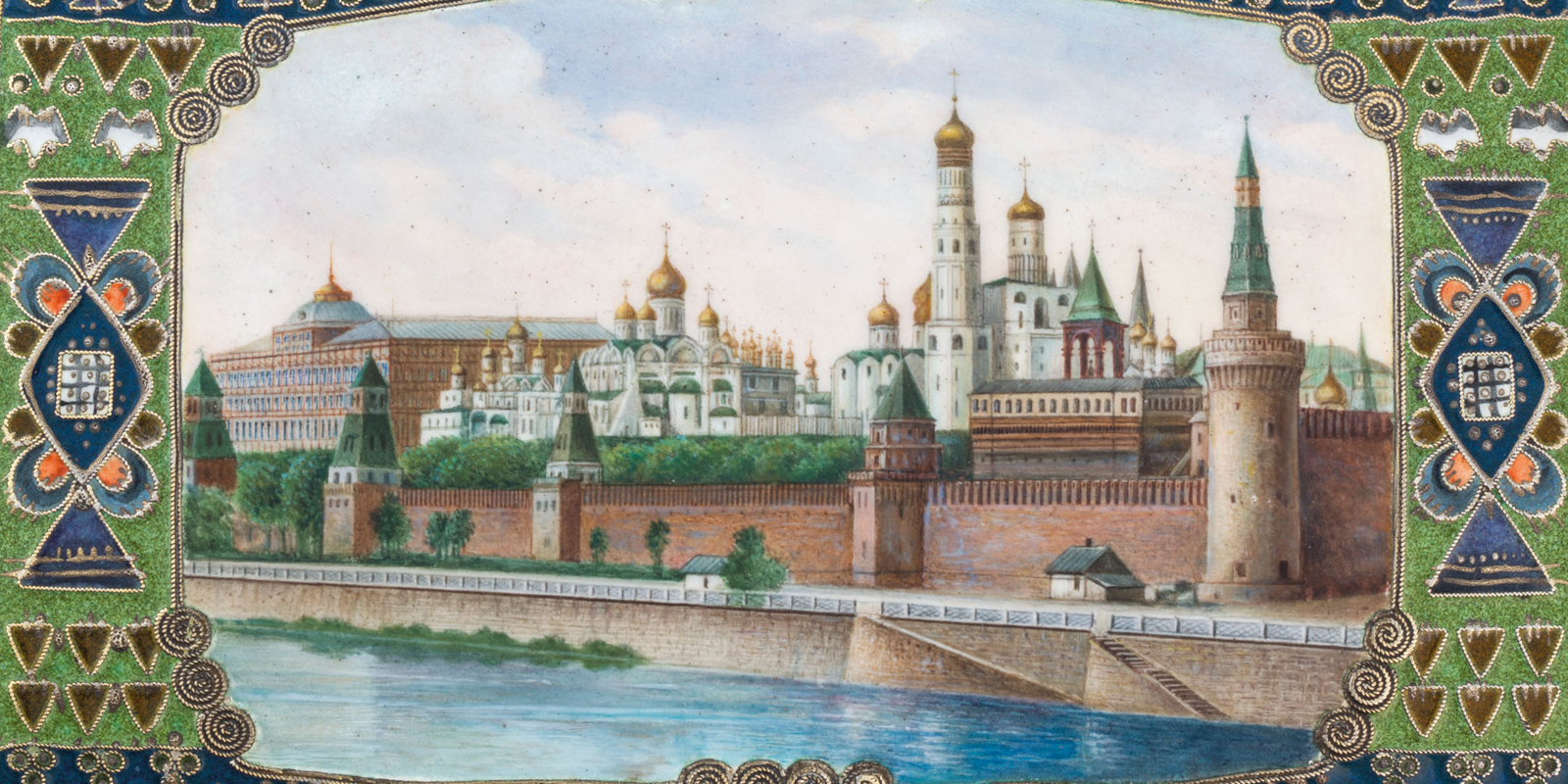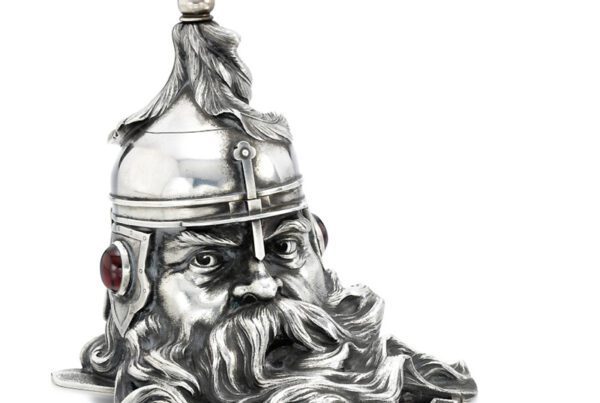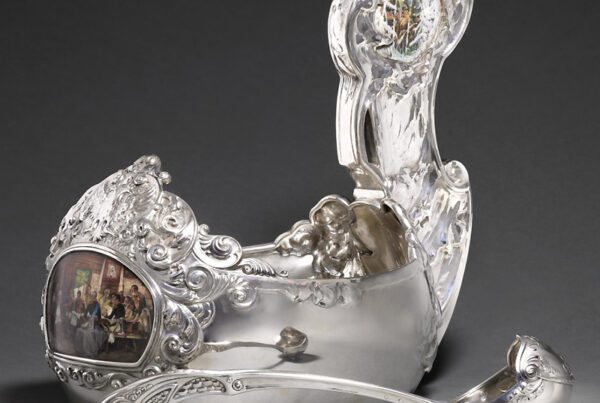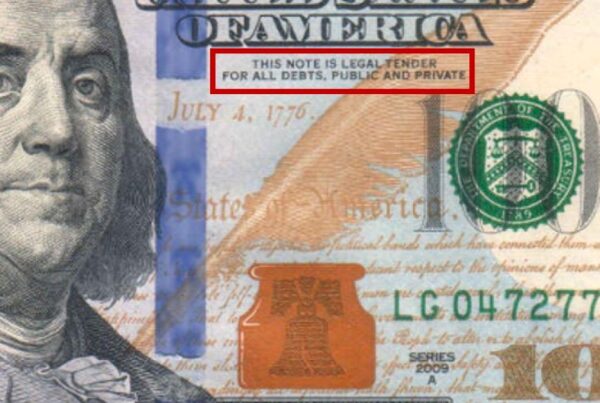Boy, was I pissed off on November 23 when I tried to log on to Christie’s website and register for bidding, five minutes before their Russian Sale.
The following message blinked back at me: “The content you are seeking is not available”.
I called Christie’s Russian Department. No Answer.
I called other people at Christie’s… Eventually I was told that ‘the Russian Department seems to have a problem, but they’re looking into it.’
If you’ve got a problem when your sale’s about to start, and people who want to bid can’t register – or even find out what the hell’s going on – then you cancel the sale and tell everyone: ‘Sorry, we’re having technical problems. We’ll try again in an hour or two.’
But no! Christie’s insisted on going ahead. Before long this appeared on their website:

Snapshot from Christie’s website
Due to great interest in this sale Christie’s has reached the maximum capacity for the number of online bidders and viewers and is currently unavailable. Please try to access the sale again later as online bidding lines will become available.
Please try again later!? Crazy, or what!? I’m a buyer, not a slothful onlooker with nothing better to do than vegetating in front of the TV watching Coronation Street or Crossroads.
Lots of Russian clients don’t understand English. I also had calls from colleagues in the UK and from far-flung places like Australia and the U.S.
Try again later? Just when, pray? After all the lots I planned to bid on have been and gone???
That’s exactly what happened.

Mikhail Nesterov, Sacred lake
I couldn’t bid, or even view the sale in progress. There were several lots I wanted to bid on – like Nesterov’s Sacred Lake and the Aivazovsky Tempest. The Nesterov had a modest estimate of £200,000-300,000 and got up to £562,800. The Aivazovsky also had a reasonable estimate (£250,000-350,000) and fetched £437,500. Both those prices would have been higher if I’d been competing.
If the sale had been going ahead in front of a packed saleroom, full of people who had paid a fortune on airfare and hotels to attend, I could just about understand Christie’s carrying on – even with on-line bidding on the blink.
But I cannot understand why they carried on with no one in the saleroom at all.
All Christie’s had to do was issue a mea culpa, stop the auction, and have it delayed or rescheduled. Instead they tried to brazen it out.
Potential bidders were frozen out by Christie’s technical tribulations. People who had consigned stuff found their items being auctioned with scores of potential buyers unable to bid.
In the black box up on the right, you can read that Christie’s does not accept liability for a loss of connection or… a breakdown or problems with the online bidding software.
If not Christie’s, who the hell should accept liability for Christie’s own gaffes during the sale?
*
In pre-Covid years we had printed catalogues. I have a library of Russian auction catalogues dating back to 1970. They have my notes in the margin and form an invaluable source of information. Since Covid, catalogues have been on-line only. And not only that: after the sale, Christie’s delete all the unsold lots from their website, and no reference to them remains. They say it’s in the interests of their vendors. Gibberish. What about the interests of buyers? What about the convenience of researchers, collectors and journalists? It’s doubly annoying and stupid, given the absence of printed catalogues. Sotheby’s thankfully don’t do it.
Bidders and consignors suffered on November 23 as Christie’s screwed up big-time. But don’t expect them to do anything about it, or to compensate vendors. They’re sitting on their laurels, relieved to have had a far more lucrative sale than they did last Summer, which brought a paltry £3.3 million. This one totalled £8.4m, with 179 of the 270 lots sold – around 66%.

Maria Iakunchikova, Nikitsky monastery in Moscow
The thirty odd works by Maria Yakunchikova that opened the sale did surprisingly well. A whole bunch of them sold, with a top price of £50,000. So, unlike what I thought, there must be some collectors of hers out there! Perhaps they caught on to her back in 2012, when a first clutch of works surfaced at Christie’s. Or perhaps they’re intrigued by her cosmopolitan and tragic life story. She was born in Wiesbaden, grew up in Moscow (her sister married Polenov), went to art school in Paris, and stayed in France her adult life – until she went to Switzerland to treat her tuberculosis. She died in Chêne-Bougeries just outside Geneva in 1902. She was 32.

Ivan Aivazovsky, Tempest
Of the sale’s two Aivazovskys, I preferred the smaller, older and oddly named Tempest from 1855. Who in the world came up with such an inappropriate title? The picture didn’t really show a tempest – more a boat on fire on a stormy beach. It had a reasonable estimate (£250,000-350,000) and got up to £437,500. I’ve bought three quite important Aivazovskys in London (two at Christie’s) in the past 18 months (you can see them on my website), but I’d been on the look-out for one with a bit more drama – so I’d have gone out on a limb to buy it. Christie’s behaviour in continuing the sale despite serious technical problems resulted in cheating the vendor, who could have obtained significantly more. The same applies to Nesterov’s great-looking Sacred Lake. The estimate was a very modest £200,000-300,000 and, no wonder, it fetched £562,800. I’d have been in for that bigtime, too. Christie’s lost a minimum £200,000 on these two lots by refusing to stop or delay the sale.

Nicholas Roerich, The Call of the Sun
Aivazovsky’s very late, dark Genoese Towers by the Black Sea (1895) failed to sell – its £700,000-900,000 estimate was way too steep. So did a superlative early Roerich, The Call of the Sun – even though its £1.2m reserve was down 20% on when it was offered a year ago. Nice work, but seeing it every other sale surely diminishes its value. Give it a rest for a few years.

Nikolai Bogdanov-Belsky, The reading lesson
I was surprised by the £150,000 paid for a routine Bogdanov-Belski child picture. A good, early Konchalovsky from 1907 took a decent £475,000 and the ever-present Serebriakova pulled in £682,500 with yet another Nude depiction of her teenage daughter. I am curious who collects these pictures? Anything lewd behind it? The real eyebrow-raiser was the £1.2m – four times estimate – lavished on a 1920s Korovin with a white-gowned floozy on a garden bench. A late, late French Korovin beach-scene sold for £250,0000 – a very high price for such crudely daubed mediocrity, conceived well past his Russian prime. Lot 80, another horrible late Korovin from 1936, painted almost on his deathbed, took £35,000. There’s no accounting for (lack of taste). The same goes for the ugly Annenkov that Christie’s let go for £75,000, far short of even its low-estimate.
As for the sculpture: the huge Lanceray bird-and-horsemen bronzes of great quality and stunning size sold for £144,000 and £162,500 – but they certainly would have gone for a lot more 10 plus years ago…
WORKS OF ART

A Large Silver-Gilt Cloisonné, Guilloché And En Plein Enamel Casket
Star of the objets d’art, as predicted, was the Fabergé box by Rückert with a view of the Kremlin that quickly climbed to £262,500 – the sort of hefty price that reminds me of the good old times.

Fabergé Jewelled and Guilloché Enamel Silver-Mounted Desk Clock
The fantastic Wigström clock with stunning raspberry-coloured enamel, its original case and imperial provenance only claimed a mid-estimate £118,750. I expected more.

A Large Silver Wine Ewer in The Form of a Pheasant
The garbage “shame to the experts” silver desk-clock was thankfully withdrawn before the sale, having been described as a ‘Fabergé desk barometer’ shaped like a ship’s capstan. Christie’s must have read my sale preview. Good for them! Their Pheasant watering-can took £162,500 – an obnoxious price for what, as I explained in my preview, I and many colleagues local and abroad consider a perfectly fine Western European piece of silverwork “embellished” (or simply struck) with pseudo-Fabergé marks by a gentleman of low moral standards. It boggles my mind that such an outlandish forgery can squeak through the ever-vigilant verification of Christie’s esteemed experts. Before the sale I did try to get into conversation about this “turkey” with expert Margo Oganesian of the Russian department, who curtly asserted that my opinion was not the only one – clearly implying that hers ostensibly being better. Really! Unfortunately whoever bought the piece will not, because of Covid, have been able to handle it – having to rely on Christies ‘expertise’ which, I vociferously insist, was nothing but a huge blunder. Sooner or later Christie’s may find themselves with a costly lawsuit. My recommendation to Christie’s: talk to a few local well known, respected experts, then quietly cancel the sale. That would be cheaper and less traumatic for all concerned.
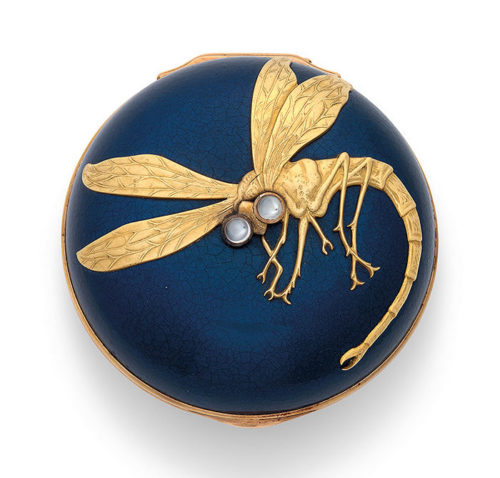
A Gem-Set, Gold-Mounted, Lacquered Papier-Maché Bonbonnière
The Objets d’Art section began with an array of entry-level Fabergé which thankfully – unlike at Christie’s previous sale – was not mixed in with items by other makers. A small lacquered bonbonnière topped by a gold dragonfly winged it to £47,500 – a formidable result. A beautiful blue-enamelled cigarette-case encrusted with diamond garlands made a mouth-watering £100,000… it was bought for €10,000 or so at a small German auction about a year ago, when its corners showed pretty serious signs of see-through damage on enamel. A stiff £87,500 went to a round, silver-gilt desk-clock despite a noticeable kink in its yellow enamel at about 8 o’clock.
A later offering was a 1921 porcelain plate painted by Ekaterina Yakimovskaya with an angel carrying a red banner, apparently implying that God, too, had blessed the Revolution from His Heavenly Kingdom. This politically charged, insulting piece of propaganda zoomed to £275,000, ten times estimate. Some people out there still cherish all things Soviet and pine for their Communist past! Strangely enough, most of them live in the West and keep their coveted propaganda wares in London or nearby. I guess Mother Russia can’t be trusted with these brittle porcelain treasures.
The icons were hardly worth commenting on. Two niello boxes from Veliky Ustyug went unsold. The prices for two silver-gilt imperial kovches from the first half of the 18th century were disappointing. Kovches like these used to make six-figure sums. Here they sold for just £20,000 each. Four well-worn 18th century silver charki sold together for a premium-inclusive £1250. Just how low are Christie’s prepared to sell stuff? Are they going to start offering pieces for £100?
All in all, this sale was no great shakes, just usual stuff. There were only a handful of things for serious collectors… if they were able to bid on them.

